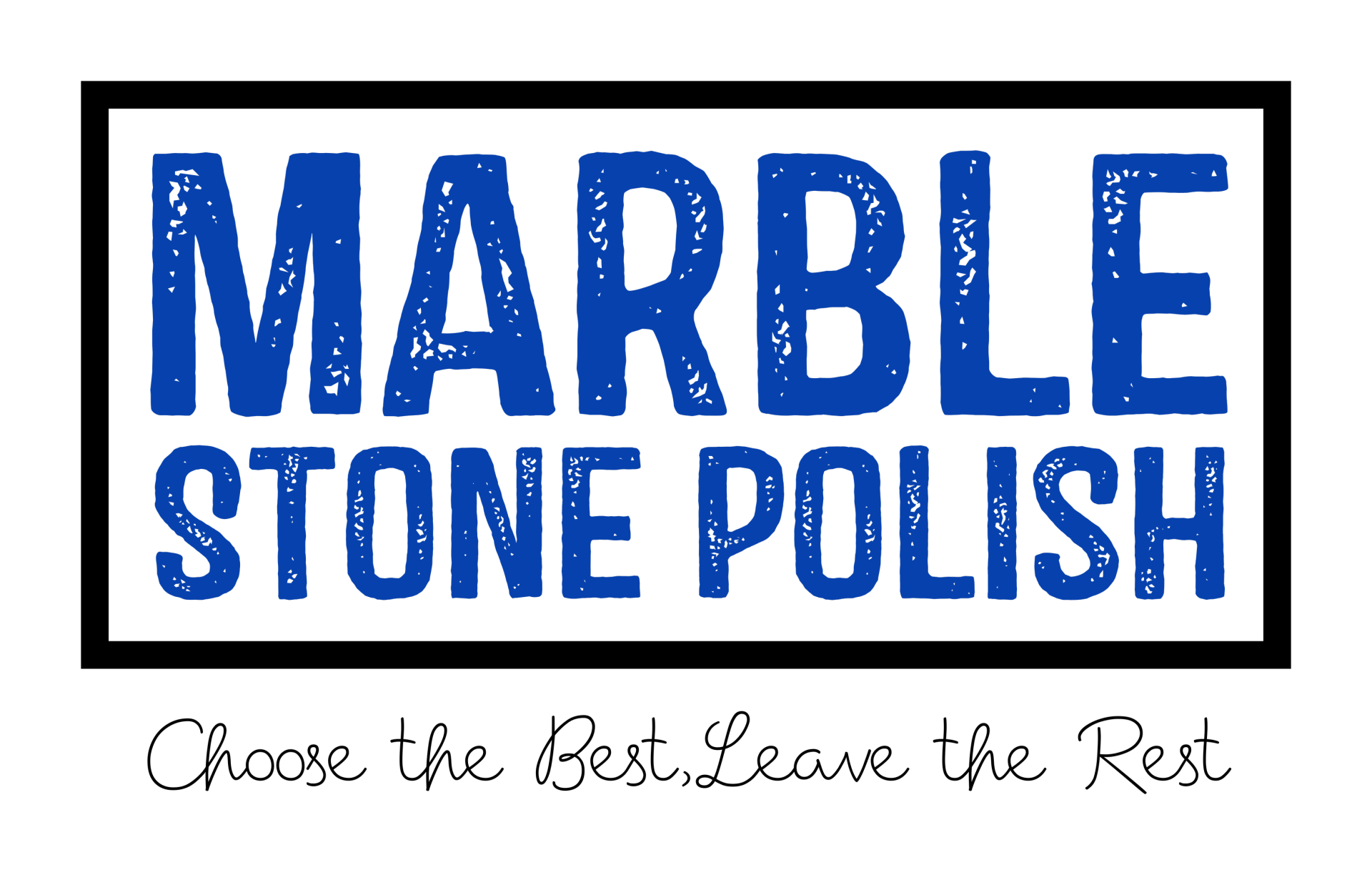Understanding Stone Finishes
Natural stone—marble, granite, limestone, travertine, and more—comes in two main finishes: polished and honed. The finish affects not only the stone’s appearance but also its durability, maintenance, and suitability for different applications. Choosing the right finish ensures your surfaces look beautiful and last for years.
Polished Stone: Sleek, Reflective, and Elegant
Appearance:
Polished stone has a glossy, mirror-like surface that enhances color depth and veining patterns. This finish is ideal for areas where visual impact is a priority.
Pros:
- Reflects light, brightening rooms and making spaces feel larger
- Shows natural stone patterns and veining vividly
- Smooth surface feels luxurious underfoot
Cons:
- Can be slippery when wet, making it less ideal for bathrooms or entryways
- Scratches and etches are more visible on polished surfaces
- Requires more frequent cleaning to maintain shine
Best Uses:
- Kitchen countertops and islands
- Bathroom vanities
- Entryways or lobby floors in commercial spaces
- Accent walls and decorative features
Honed Stone: Matte, Subtle, and Practical
Appearance:
Honed stone has a soft, matte finish that reduces reflections. It provides a more understated and natural look, blending seamlessly into casual or high-traffic areas.
Pros:
- Less slippery than polished stone, making it safer for bathrooms, kitchens, and outdoor patios
- Scratches and etches are less noticeable
- Works well in high-traffic areas where durability matters
Cons:
- Matte finish may appear dull to some homeowners who prefer shine
- Colors can appear softer and less vibrant than polished stone
- Can require periodic sealing to prevent stains, especially in light-colored stone
Best Uses:
- Flooring in high-traffic areas
- Outdoor patios and pool decks
- Commercial spaces where safety and durability are priorities
- Kitchens and bathrooms where a low-sheen, modern look is desired
Maintenance Tips for Both Finishes
Polished Stone:
- Clean with a pH-neutral stone cleaner to avoid etching
- Wipe up spills immediately, especially acidic substances like lemon or vinegar
- Schedule professional polishing periodically to restore shine
Honed Stone:
- Clean regularly with a pH-neutral cleaner
- Seal periodically to protect against staining, especially for porous stones like limestone or travertine
- Avoid harsh abrasives that can alter the matte finish
Making the Right Choice
The decision between polished and honed stone comes down to your lifestyle, design goals, and safety needs. If you want a luxurious, glossy look and are comfortable with more maintenance, polished stone is the ideal choice. For practical, slip-resistant surfaces with subtle elegance, honed stone is often the better option.
At
Marble Stone Polish, we help homeowners and businesses select the right stone finish for their spaces. From residential countertops to commercial flooring, our expertise ensures your stone surfaces are beautiful, functional, and long-lasting.
Expert Care Matters
Proper installation and maintenance make a huge difference in the longevity of your stone surfaces. Our professional team restores, polishes, and maintains natural stone so it continues to impress for years to come.
Contact Marble Stone Polish today for a Free Estimate to learn which stone finish is right for your home or business and schedule a consultation with our experts.


